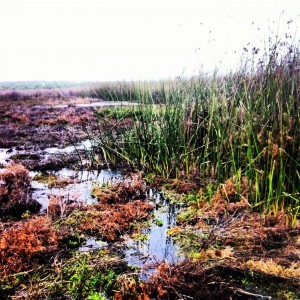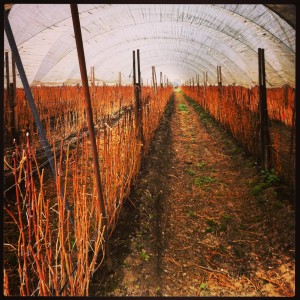Ag/Water Nexus
Lessons from the Central Coast
The Central Coast is home to some of the most productive agriculture land in the world, accounting for over $5 billion in direct economic output in 2011 in Monterey County alone. Yet it’s also a biodiversity hotspot, and home to the Monterey Bay Marine Sanctuary which attracts divers and vacationers from around the world. Water is a finite resource in this unique region, and affects many different stakeholders throughout the region. During our weekend workshop, we investigated some of the trade-off between agricultural productivity and environmental health, delved into watersheds, and talked a lot about water policy.
We also heard from some great guest speakers, including Karen Lowell who gave us a great overview of agriculture on the central valley. She also emphasized the human element of conservation, talking about the trust and credibility that has to be earned between partnerships before any progress can be made. As she so eloquently put it, “conservation is a conversation.” Lisa Lurie spoke with us about the Ag waiver, and different water quality issues in the Monterey Bay.
Sunday was mostly taken up by field trips. We checked out a wetland water treatment restoration project and learned about all the different policy hoops that have to be jumped through to create a project like that. From there we headed over to Driscoll’s where we spoke with Emily Paddock about some of the water initiatives that Driscoll’s is working on. We learned about managed aquifer recharge, which is important in their region, since their water basin is historically over-drafted.
It didn’t seem right to have a workshop on water and agriculture without experiencing the end results, so we stopped at a fruitstand on the way back to campus, to buy some fresh produce!

The last step of the water recharge project is this holding basin, where the water is allowed to be absorbed back into the aquifer.
The policy memo that I wrote for the class can be viewed here.
Tags: agriculture, central coast, farming, miis, paper, photos, policy memo, spring, weekend workshop, workshop
This entry was posted on Sunday, February 24th, 2013 at 4:03 pm and is filed under MIIS. You can follow any responses to this entry through the RSS 2.0 feed. Responses are currently closed, but you can trackback from your own site.
Comments are closed.




